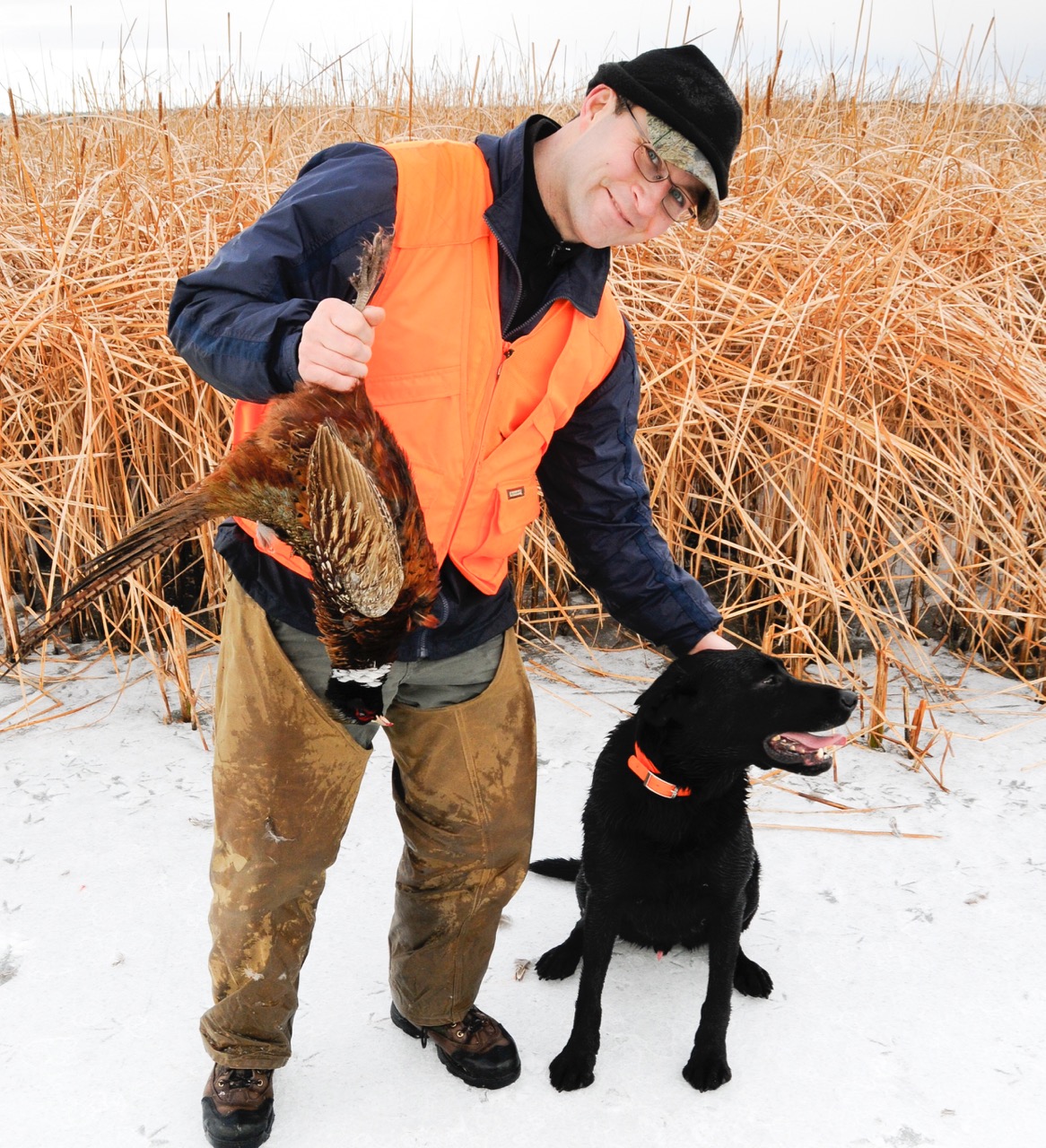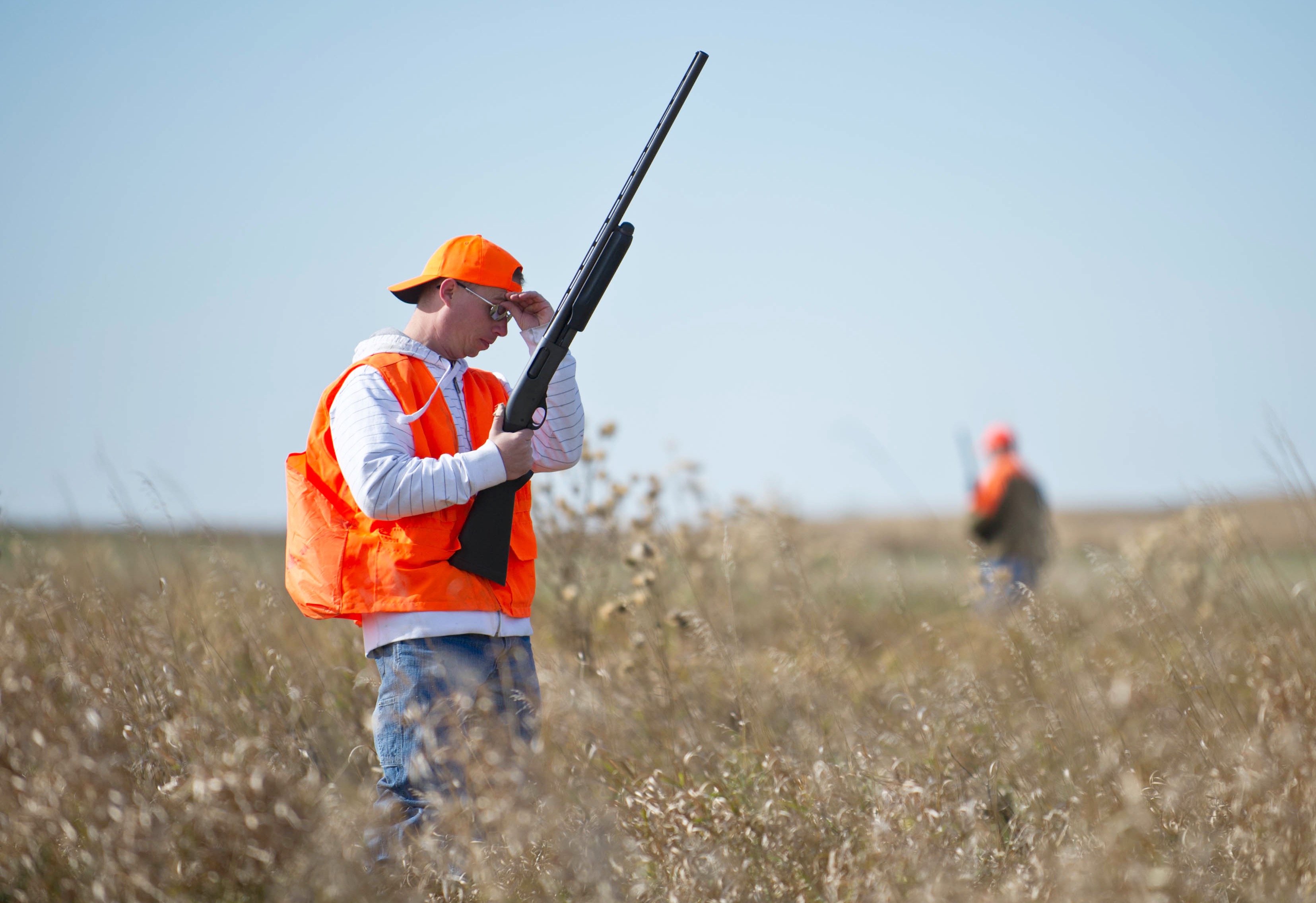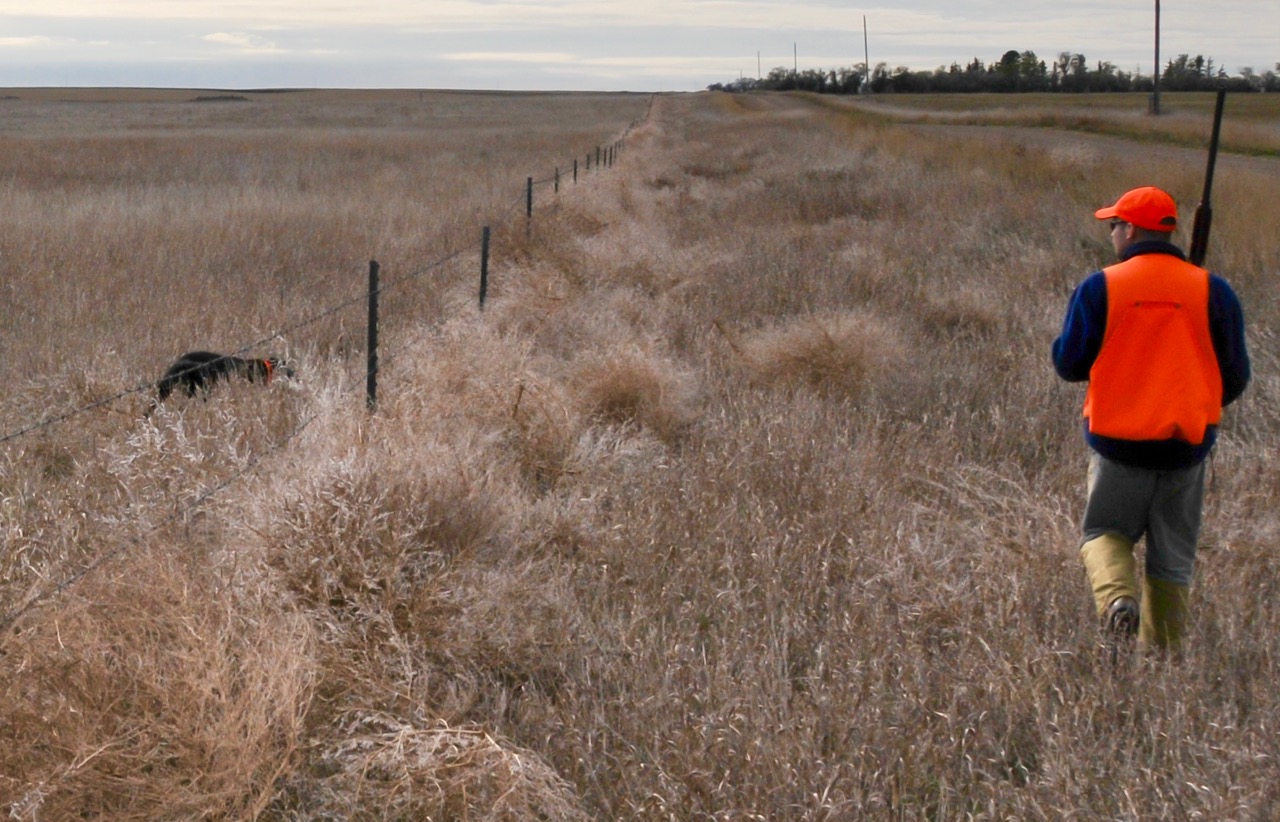Search party
Having trouble finding downed upland game birds, even with a dog? Try these tricks to ensure every bird goes in the bag
Advertisement
Searching with a dog
If you’re serious about upland bird hunting, get a dog. With their sharp senses and explosive speed, trained hunting dogs greatly increase the odds of finding downed birds. And you can improve your chances even more with these tips.
Advertisement
#1 Guide the dog
If a dog sees the bird fall, it can quickly run to the spot, hopefully before the bird gets away. When a dog doesn’t see the bird, however, it will look to you for guidance to make a blind retrieve. Marking the spot and guiding your dog to within a few metres of it is important. At that point, the dog’s nose will take over to locate the bird.
#2 WORK THE WIND
To give your dog every advantage, always start downwind from where the bird went down and search into the wind in a grid pattern. If the dog doesn’t find the bird on the initial pass, it’s helpful to move back downwind and start the search again, this time in a tighter pattern. We once had a pheasant buried so deep in the tall grass that it took three passes with three dogs to find him. It’s fun to watch dogs react once they pick up a fresh bird scent—sometimes they’ll be running and suddenly jerk around, as though they’ve reached the end of their leash. The good news is, once a dog hits a good scent trail, it seldom loses it.

#3 LET THE DOG DO ITS JOB
It’s just good manners to let a dog work through an area before you go in, too. While I’m sure dogs can tell the difference between bird scent and the smell of boots, stirring things up just adds confusion. Be patient, as the dog may need five or more minutes to pinpoint the bird’s scent trail. Note that the smell of other birds or another animal can pull a dog’s attention away from the task at hand, so it’s crucial to keep your dog focused and searching at the spot the bird went down.
Advertisement
#4 BE PERSISTENT
If you can’t find the bird after an exhaustive search of the area it landed, the next step is to find the most likely hiding spots. An experienced hunting dog will instinctively search into the wind, deliberately spending extra time in dense brush, thick grass or creek banks. If there’s a specific area you’d like the dog to search, start by positioning him on the downwind side.
#5 BEAT THE HEAT
On a hot day, scent can disappear quickly, and strong or swirling winds can mix and muddle scent trails. Compounding this problem, dogs start panting when they get hot, and if they pant too much, their tracking abilities weaken. If you think your dog is starting to overheat, give it a chance to cool down while you reassess your search tactics.


